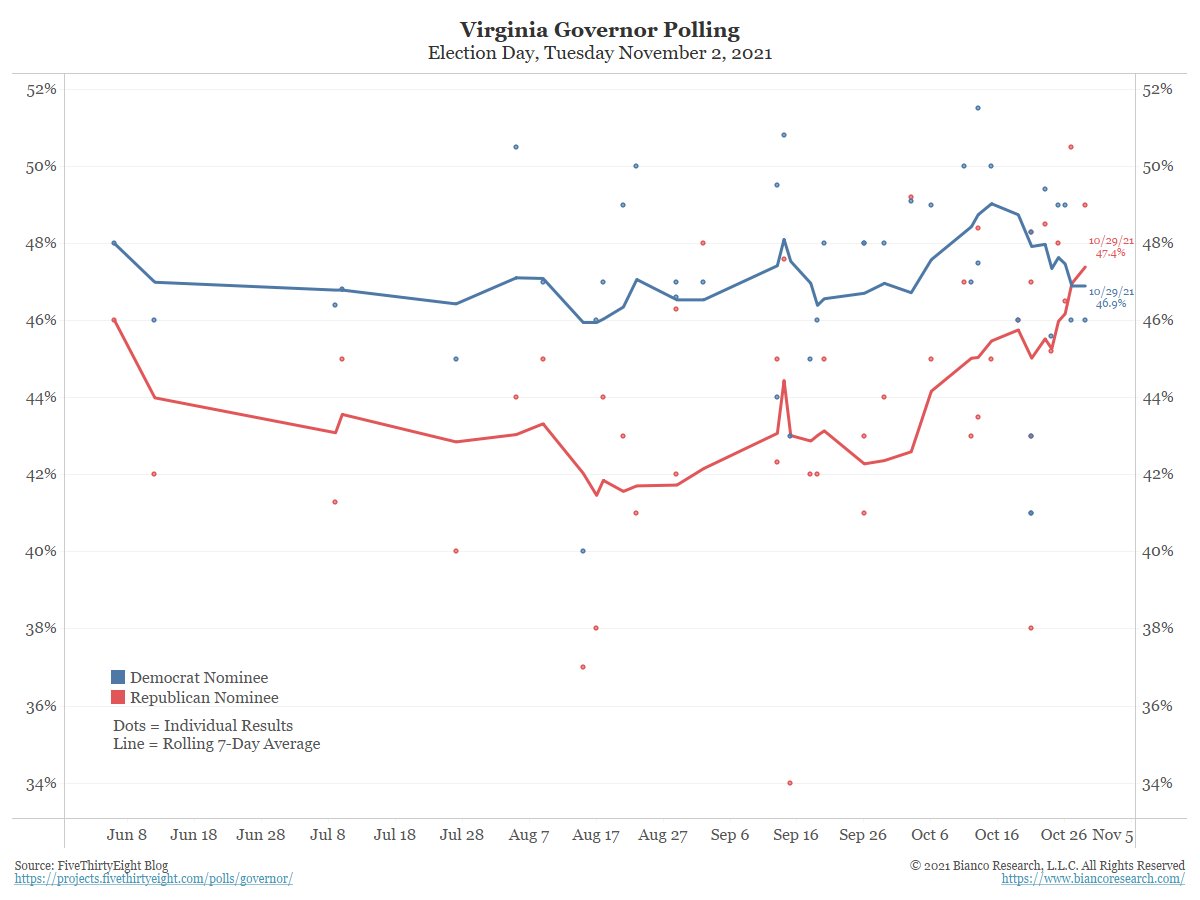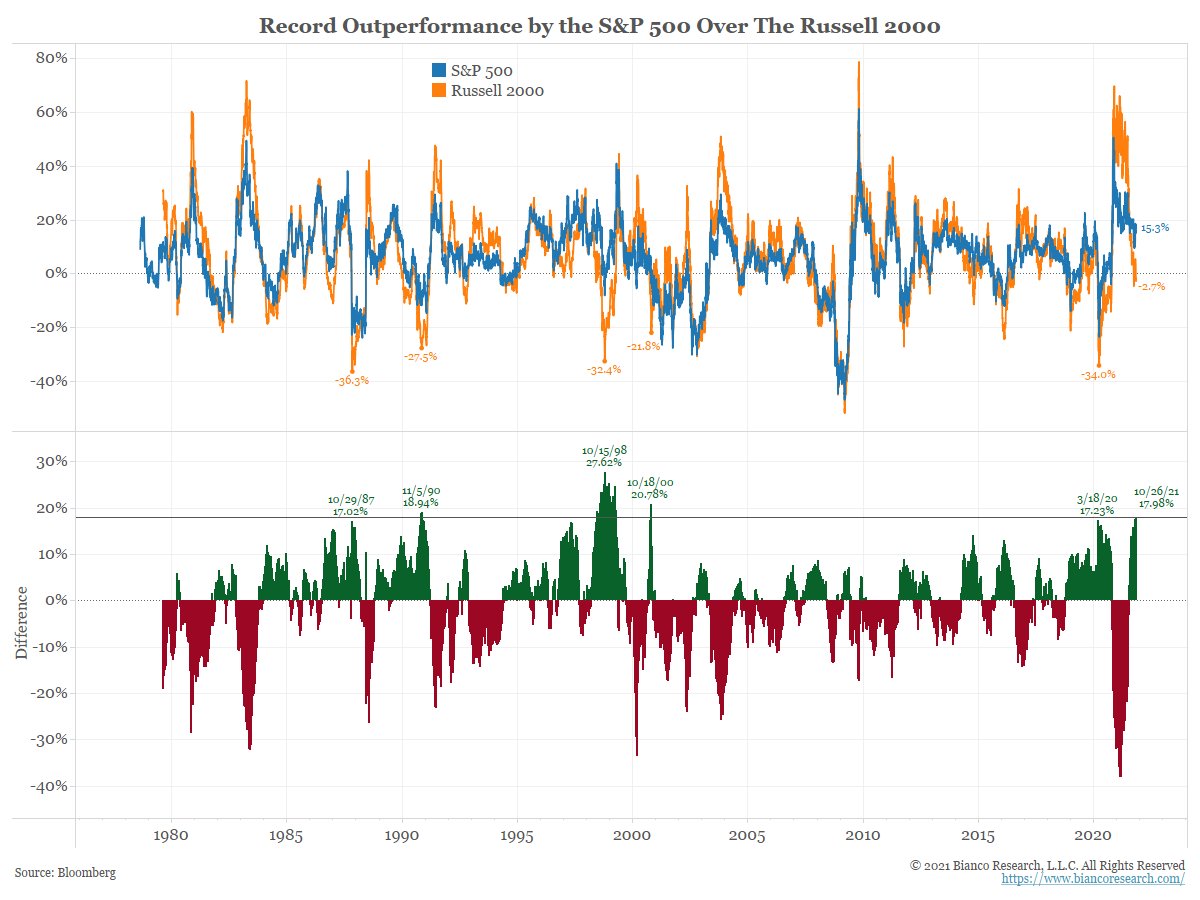
1/8
Even though the cash bond market was closed today, the interest rate futures were open and had a fairly sizeable decline. Not like yesterday's sell-off, but they did continue yesterday's declines with even more losses.
Bond futures were off about 1/2 point.
Even though the cash bond market was closed today, the interest rate futures were open and had a fairly sizeable decline. Not like yesterday's sell-off, but they did continue yesterday's declines with even more losses.
Bond futures were off about 1/2 point.
2/8
Most interesting (to me, at least) was fed fund futures tanked AGAIN today.
This show the implied yields out to May 2023. Or, where the market is pricing in the funds rate out to May 2023.
Most interesting (to me, at least) was fed fund futures tanked AGAIN today.
This show the implied yields out to May 2023. Or, where the market is pricing in the funds rate out to May 2023.

3/8
Wonky chart alert ...
This chart shows the shifting of the forward curve from last Friday (red) to yesterday (orange) to today (blue).
This is a massive move for less than 1 week.
Wonky chart alert ...
This chart shows the shifting of the forward curve from last Friday (red) to yesterday (orange) to today (blue).
This is a massive move for less than 1 week.

4/8
FF futures are now pricing in hikes in June, Sept and Dec. So 3 rate hikes for 2022. And a May rate hike, that is before they are supposed to be done with tapering (unless they speed it up), is now 37%. Still below 50% but inching its way toward that dividing line.
FF futures are now pricing in hikes in June, Sept and Dec. So 3 rate hikes for 2022. And a May rate hike, that is before they are supposed to be done with tapering (unless they speed it up), is now 37%. Still below 50% but inching its way toward that dividing line.
5/8
This chart shows what the fed fund futures is pricing in (red) and what economists are forecasting (green).
The market is WAY more aggressive than economists.
This chart shows what the fed fund futures is pricing in (red) and what economists are forecasting (green).
The market is WAY more aggressive than economists.

6/8
Another way to show this is the market (green) is now well above the highest dot from the September update.
Economists (brown) are also well above the Fed's September update.
Another way to show this is the market (green) is now well above the highest dot from the September update.
Economists (brown) are also well above the Fed's September update.

7/8
The market continues to pressure the Fed to "move faster." The consensus thinks this is wrong.
Or, is the consensus still in the denial stage, the first of the 5 stages on the way to acceptance?
The market continues to pressure the Fed to "move faster." The consensus thinks this is wrong.
Or, is the consensus still in the denial stage, the first of the 5 stages on the way to acceptance?
8/8
The longer the market stays pricing in three rate hikes for next year the harder and harder it will be to scream "wrong!" as economists and Fed officials are currently doing.
"Transitory" died at 8:30ET yesterday (CPI report), welcome to the new "persistent" era.
The longer the market stays pricing in three rate hikes for next year the harder and harder it will be to scream "wrong!" as economists and Fed officials are currently doing.
"Transitory" died at 8:30ET yesterday (CPI report), welcome to the new "persistent" era.
• • •
Missing some Tweet in this thread? You can try to
force a refresh
















